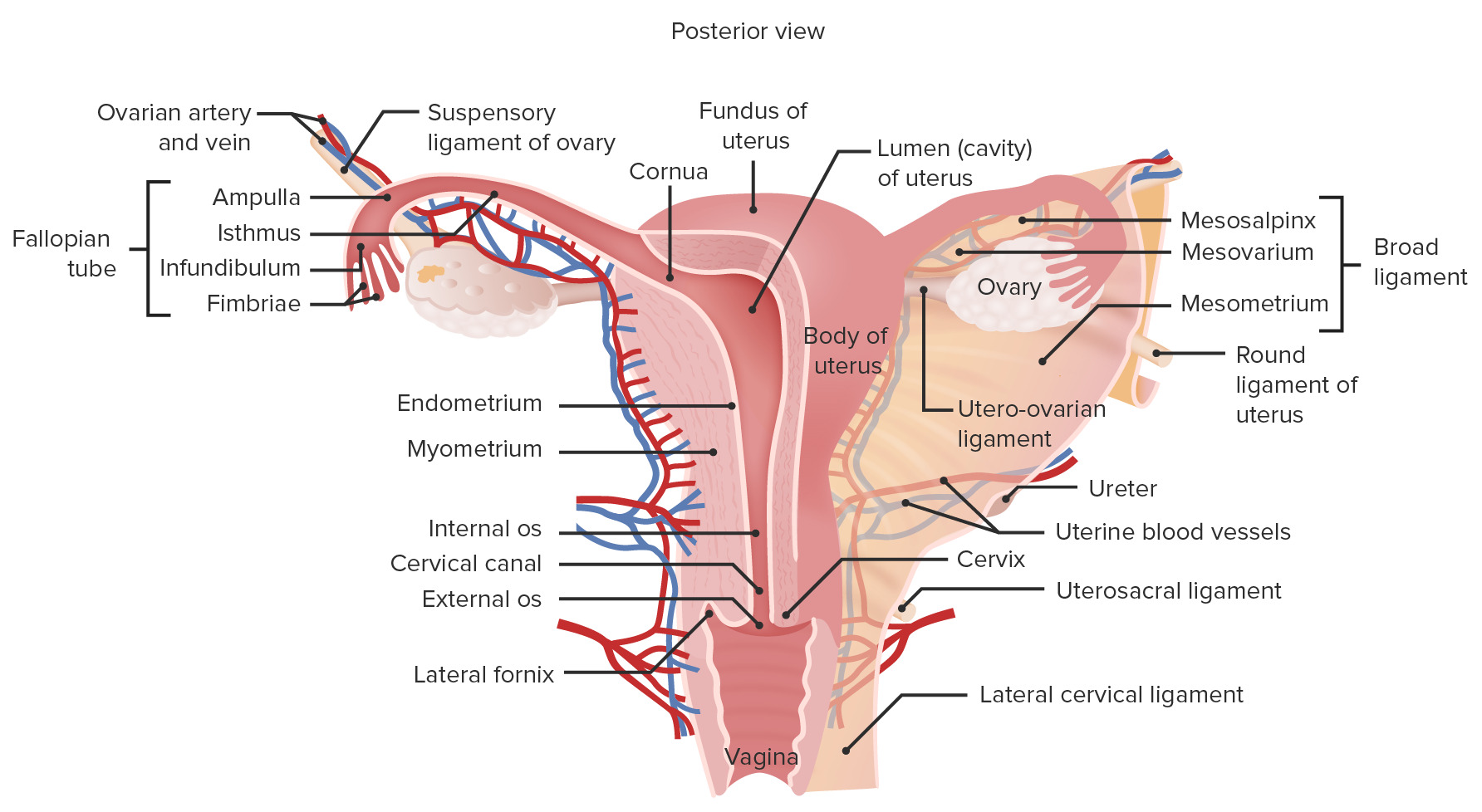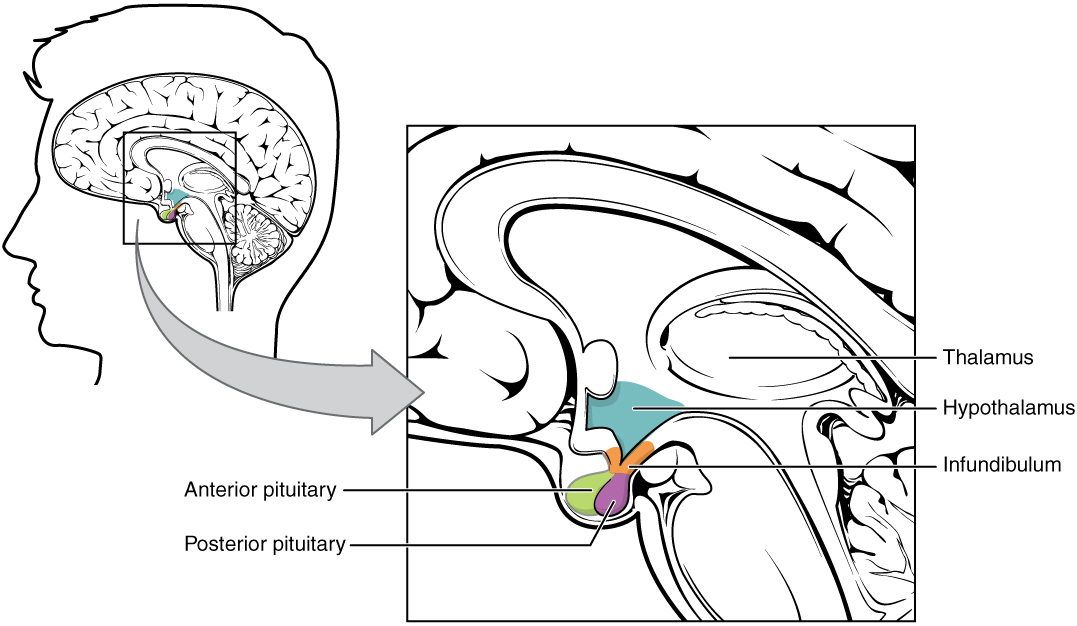Playlist
Show Playlist
Hide Playlist
Hypothalamic-Pituitary-Ovarian Axis: Control & Regulation
-
Slides Female Hormones Endocrine System.pdf
-
Download Lecture Overview
00:00 How is the hypothalamic-pituitary-ovarian axis controlled and regulated? It works on the same three-step process, having the hypothalamus release gonadotropin-releasing hormone, stimulating gonadotropes to release luteinizing hormone and follicle-stimulating hormone. That engages the ovaries to release four substances: activins, inhibins, progesterone and estrogens of which primarily is estradiol. So let's start with the most potent ones. That is estrogens and progestins. It's interesting that at this point it's usually thought of as being negative feedback. So estrogens will have negative feedback on the hypothalamus and the anterior pituitary but halfway through the cycle this changes and this becomes a positive feedback because it sensitizes the gonadotropes for luteinizing hormone and follicle-stimulating hormone. 01:02 To complete the recovery or the regulation, we need to also talk about inhibins and activins. 01:10 Activins have a positive feedback to gonadotropes, again part of that sensitization process for luteinizing hormone, while inhibins always have a negative feedback application to the anterior pituitary gonadotropes. So I know this is a little bit more complex of an act system we've oftentimes deal with but it's important to know you need to have all these factors in place to have the correct regulation of estrogens and progestins. I would like to take this time to compare the gonadal hormones, compare males and females both in terms of where the substance might be produced and how similar they actually are. So if we think about the gonad, what we're doing here is comparing the ovary to the testis. The germ cell is what is going to be involved in reproduction and that is the ova and the spermatozoa. We both have enclosures, both males and females whether it's the follicle or the seminiferous tubule. They both have two cell involvement. Sertoli cells are similar to granulosa cells. There is production of estradiol, inhibin and growth factors in the male just like estradiol, progesterone, inhibin and activin in the female. Theca cells are very similar to Leydig cells. Finally the end products are testosterone for the male but testosterone, androgens and progesterone for the female.
About the Lecture
The lecture Hypothalamic-Pituitary-Ovarian Axis: Control & Regulation by Thad Wilson, PhD is from the course Reproductive Physiology.
Included Quiz Questions
Which of the following hormones only provides positive feedback to the anterior pituitary gonadotropes?
- Activin
- Estradiol
- Progesterone
- Inhibin
Which of the following is NOT synthesized by the ovaries?
- FSH
- Estrogen
- Progesterone
- Inhibin
- Activin
Customer reviews
5,0 of 5 stars
| 5 Stars |
|
5 |
| 4 Stars |
|
0 |
| 3 Stars |
|
0 |
| 2 Stars |
|
0 |
| 1 Star |
|
0 |








